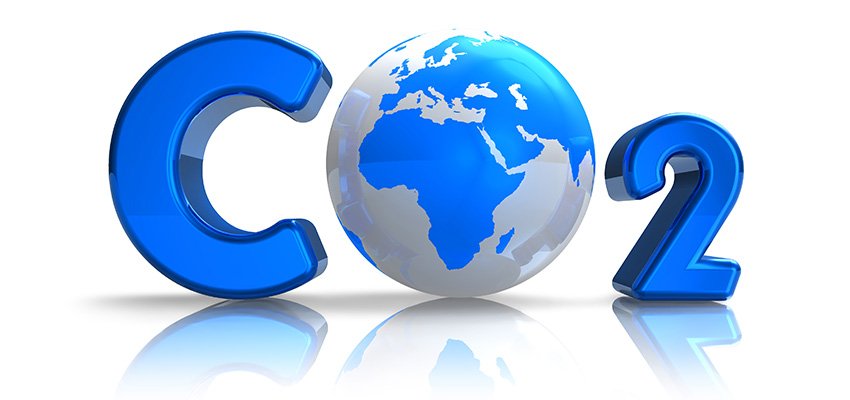AN AUSTRALIAN company believes its technology may go a long way towards helping the global shipping industry cut CO2 emissions.
The IMO Marine Environment Protection Committee has pledged to cut emissions 50% by 2050 while the European Union has begun mandatory emission reporting for large ships.
Enter the Australian business Calix and its so-called RECAST technology which, it argues, would cut emissions by capturing sulphur and CO2 on the ship.
According to Calix, RECAST uses a dry exhaust gas scrubber with zero emissions lime.
This process is said to absorb more than 85% of the CO2 and most of the sulphur, while also recovering the heat of absorption to add around 40% to the ship’s range, increasing efficiency.
Calix business development manager, Dr Brian Sweeney, said the business was seeking solutions to further reduce emissions.
“If RECAST technology were applied to the 25% of high-mileage ships that use 80% of global bunker fuel, our initial estimates indicate the reduction in emissions would make the total world maritime fleet carbon-negative,” he said.
According to Calix, the lime used in a RECAST scrubber must be manufactured in a shore-based Calix process lime producer, capturing the CO2 from raw limestone.
This technology is now being demonstrated in Belgium as part of the Low Emissions Intensity Lime and Cement Project, a Calix-led European-Australian collaboration.
“Initial estimates suggest RECAST could cost less than US$50 per tonne of CO2 emissions saved, making it cost-effective as well as safe and reliable,” Dr Sweeney said.
Calix is currently seeking money to develop RECAST.
The core technology is a patented kiln built in Bacchus Marsh, Victoria. From this kiln is produced a so-called “mineral honeycomb”.
Calix uses these minerals (said to be safe and environmentally friendly) to improve waste water treatment and phosphate removal.

